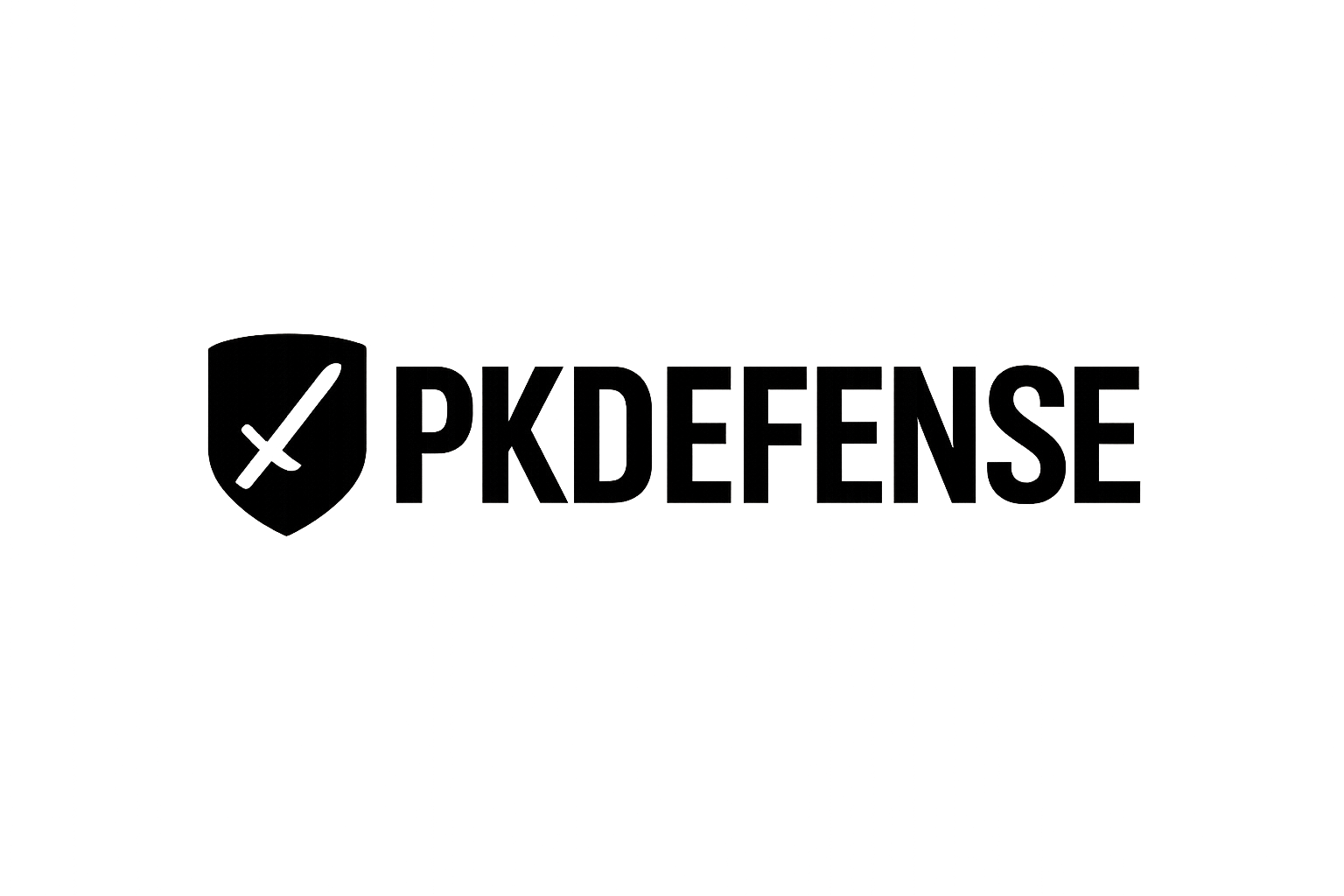Israeli offensive in Lebanon is "destroying the country," Lebanese minister tells CNN
From CNN's Niamh Kennedy in London and staff in Abu Dhabi
Lebanese Economy Minister Amin Salam participates in an interview with Reuters in Beirut, Lebanon, in 2022.
Mohamed Azakir/Reuters/File
Israel’s offensive in Lebanon is “destroying the country,” Lebanese Economy Minister Amin Salam told CNN.
Salam condemned Thursday morning’s strike on central Beirut, the first in that part of the city since 2006, highlighting how Israel is striking increasingly close to civilian areas.
“This has gone far and beyond what happened in 2006,” Salam told CNN’s Eleni Giokos, pointing out that the strike was carried out less than two miles from the Government Palace.
Salam warned that the displacement of over 1 million Lebanese and Syrian people from Lebanon will be a “long-term issue” for the government to manage, even if a ceasefire went into effect.
“We have hospitals filled with people, schools filled with people, people sleeping on the street, and this war keeps going. The way I see it is that this war has no goal. It’s just destroying the country,” Salam said.
“We need to rebuild their towns, their villages. We need to provide peaceful conditions for them. So, we are really in a very complicated operation now to take care of all those people,” the minister added.


















































